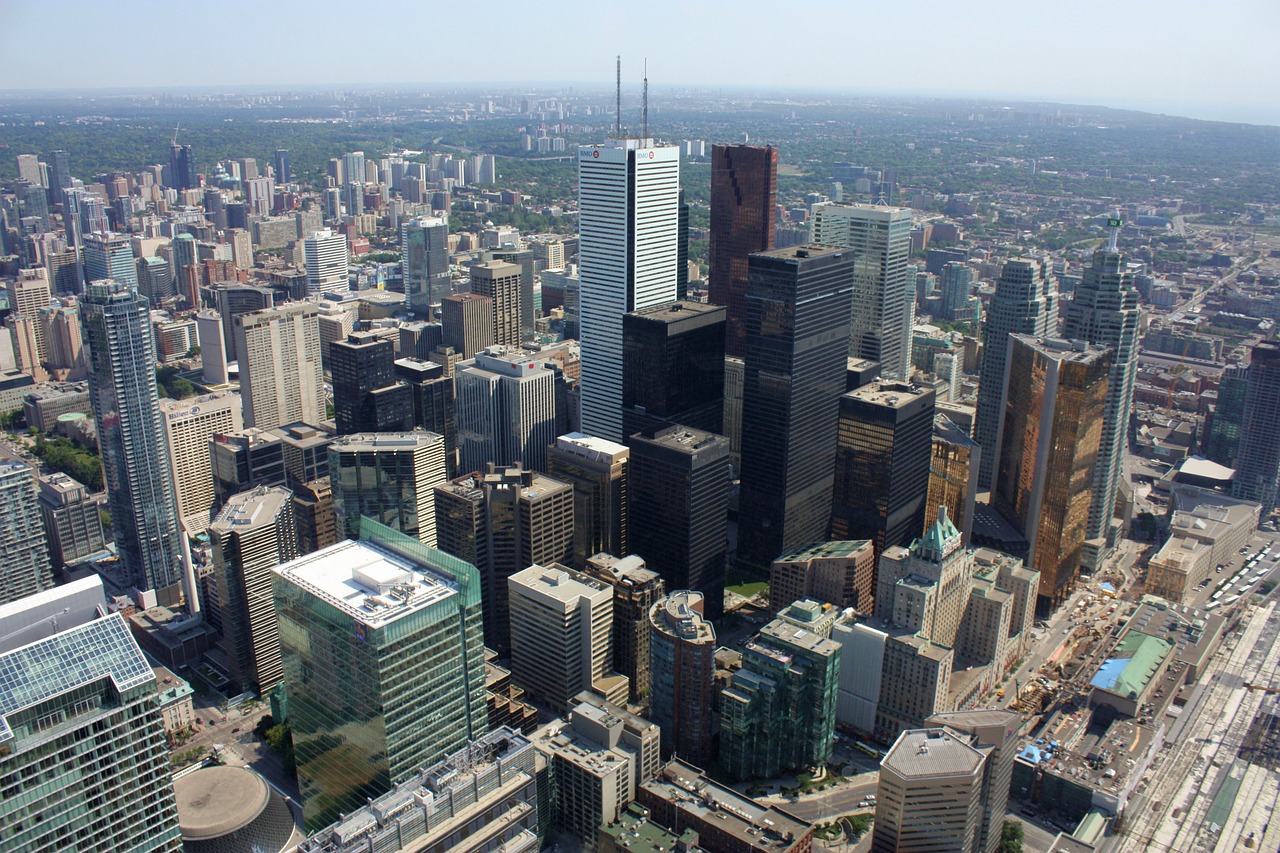As the drone industry keeps evolving, we’re still trying to find the sweet spot around what’s fair to drone pilots and everything that literally surrounds a drone when it’s in the air, which includes manned aircraft, bystanders, infrastructures, and more. Across the world, the process to figure out the right rules and regulations when it comes to keeping everyone in and below the airspace safe is ongoing.
In 2017, Transport Canada launched a new set of rules for pilots to fly drones legally and safely in Canada. At the time, Matthew Johnson, CEO and President of M3 Aerial Productions Inc, told Commercial UAV News that in contrast with the United States’ Part 107, Canada’s drone pilots didn’t need “to register our equipment (yet)” to fly. Developments related to BVLOS operations in Alberta and plenty other changes around how operators want to be taking to the airspace have caused this to change.Recently, Transport Canada announced a new set of rules that will take place starting in June 2019. After that date, all RPAS between 250g up to and including 25kg will need to be registered which requires the owner to be a Canadian citizen, permanent resident, Canadian corporation or government entity, and 14 years of age or older. However, these aren’t the only stipulations related to drone registration.“If you crash, sell, destroy, retire, or lose for 60 days or more, you are required to cancel your Certificate of Registration within 7 days of said milestone,” Johnson recently told Commercial UAV News. “Registration would also be canceled if the registered owner of the aircraft dies, the entity that is the registered owner is dissolved/amalgamated, or if the owner ceases to be qualified as owner.”While this might seem similar to flying under Part 107 rules in the United States, Canada does not have the same distinctions between anyone operating under Part 107 and recreational users that fly their drone for fun. In June, the new rules will instead make a distinction between Basic and Advanced Operations for Canadian operators.For Basic operations, the pilot needs to be at least 14-years-old, hold a Pilot Certificate (PC) sRPA (VLOS) with either Basic Operations (BO) or Advanced Operations (AO) endorsement, and be under direct supervision from a person who meets the above conditions. Pilots can obtain the sRPA for basic operation by completing a small basic exam. To consider it a Basic operation, the pilot needs to fly the drone in uncontrolled airspace, more than 30 meters (100 feet) horizontally from bystanders, and never fly it over bystanders. Failing to meet one of these conditions automatically makes it an Advanced operation.Since Advanced Operations pose a higher risk to people and aircraft, pilots need to complete a small advanced exam to obtain an sRPA, pass a flight review, and the drone needs to have an RPAS Safety Assurance, which is self-declared by drone manufacturers to Transport Canada and tells users the safety limits of the drone. Some of the controversies about these new rules relate to the RPAS Safety Assurance, as some manufacturers still haven’t declared that their drones meet the requirements for advanced operations - hence why they don’t show up in Transport Canada’s rating system.“There is a big concern that the new regulations will put some people out of business because they do not have compliant aircraft to operate in controlled airspace,” Johnson continued. “Because everybody is using DJI, and DJI drones are not compliant right now, people are freaking out. But DJI has indicated that they intend to get some of their systems on the compliant list (Matrice 210, and maybe Inspire 2, maybe Mavic 2 Enterprise). So, companies that refuse to upgrade their machines will not be able to operate in controlled airspace, or within 100' of people, or within 3NM of an airport.”Under the current rules, anyone flying a drone over 35kg, or using the drone for commercial operations, needs a Special Flight Operations Certificate (SFOC) issued by Transport Canada, which tells how and where a pilot can fly a drone. However, in the new rules, pilots will only need a SFOC if they’re flying a drone over 25kg, or outside the rules. Additionally, drones under 250g and over 25kg do not need registering, and all recreational or commercial drones can fly up to 400 feet altitude. To fly during the night, the drone must equip position lights sufficient to allow the aircraft to be visible to the pilot and any visual observers.Moreover, “visual observers are now only required if pilot needs to use the first-person view device of the control station, or cannot maintain constant visual line-of-sight,” according to Transport Canada. “Visual observers can be used to extend the operational parameters of an operation, as long as they have reliable and timely communication with the PIC. They may not conduct their duties while operating a moving vehicle, and they must only perform their duties for one aircraft at a time”.Johnson also added: “The new regulations make it much simpler for people like farmers operating in rural or remote areas, far from any airports - they can use whatever they want, they just have to pass a basic exam. We are augmenting our course work to fit the new Basic Exam requirements as there will be a huge number of people wanting the training to get certified for the Basic Operations endorsement on their pilot certificate.”Transport Canada already has a page with all the information needed for pilots to prepare for the new set of rules and regulations. However, don’t forget the current rules still apply and won’t change before June 2019.Subscribe
The information you submit will be stored and used to communicate with you about your interest in Commercial UAV News. To understand more about how we use and store information, please refer to our privacy policy.
February 22, 2019
Insight Around the New Drone Rules for Canada




.png.small.400x400.png)











Comments